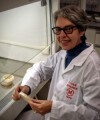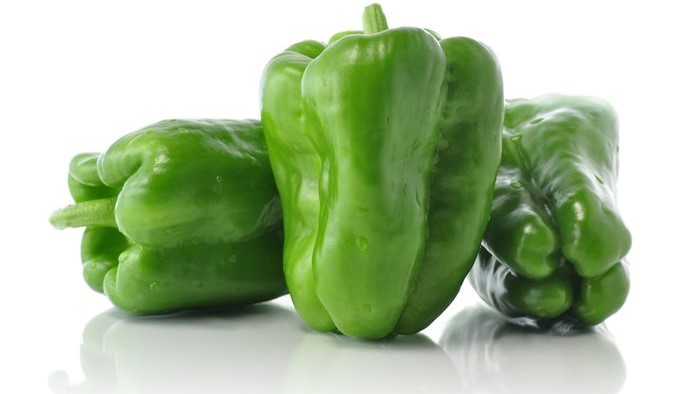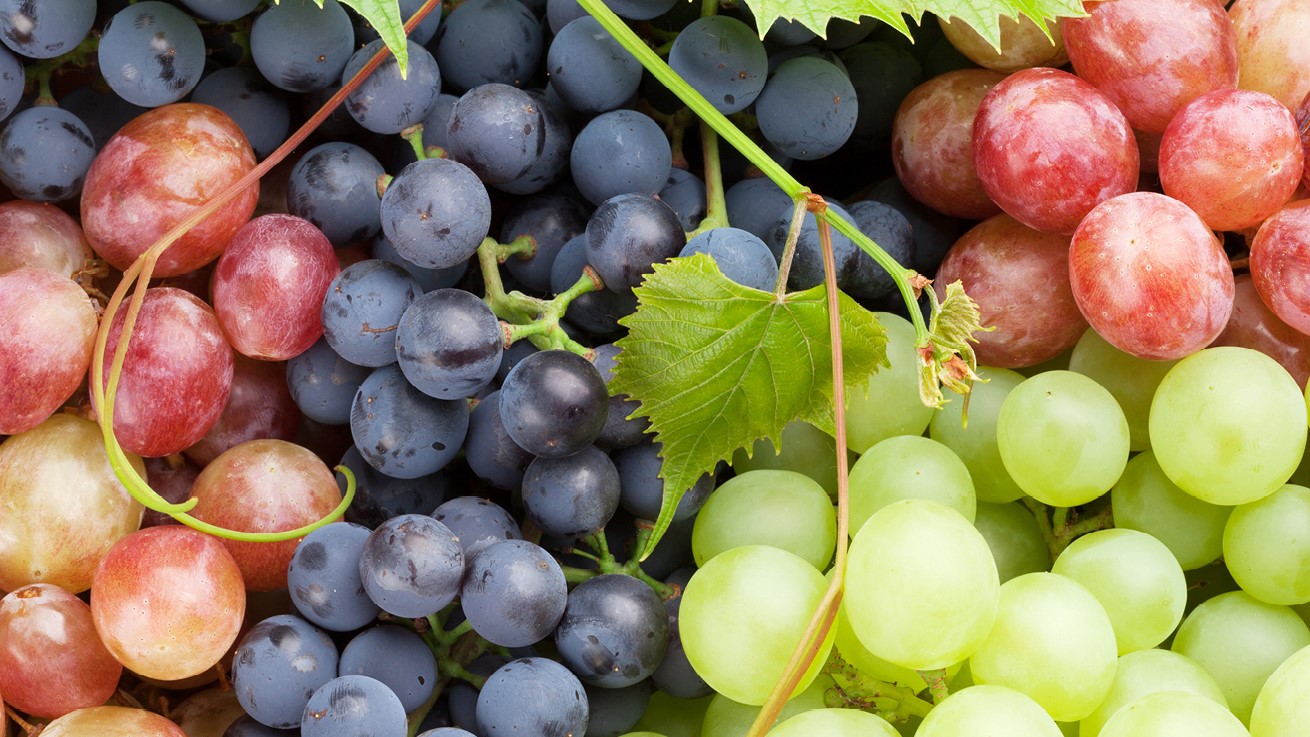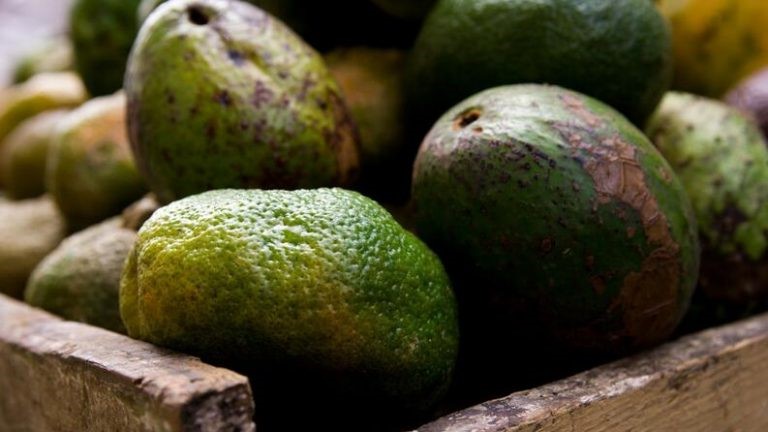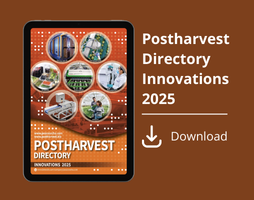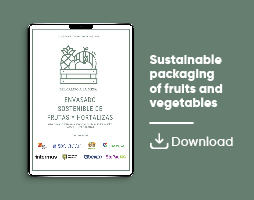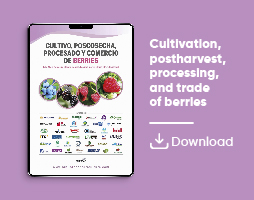Actualidad
Why Can Cold Damage Be Milder at Lower Temperatures?
Investigations into the molecular mechanisms of cold-induced damage in papaya have revealed the involvement of the cell wall, and that lower temperatures suppress the expression of genes related to softening
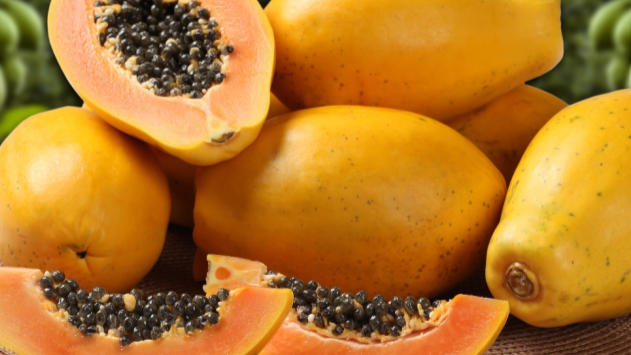
Papaya (Carica papaya L., family Caricaceae) is a climacteric tropical fruit that tends to ripen and soften rapidly after harvest, making it highly susceptible to postharvest deterioration.
Cold storage is one of the most effective methods for reducing postharvest decay in fruits and vegetables. However, like most tropical and subtropical fruits, papaya is vulnerable to chilling injury when stored below 10 °C.
Interestingly, unlike many cold-sensitive fruits, recent research has shown that papaya exhibits less severe symptoms of chilling injury at lower temperatures.
The Cell Wall and Its Response to Cold Stress
While it is widely accepted that the cellular membrane is the primary structure affected by cold stress, increasing evidence suggests that the cell wall is also a critical target.
Solubilization and depolymerization of cell wall components can reduce its rigidity, leading to cellular and tissue collapse.
The cell wall is primarily composed of pectin, cellulose, hemicellulose, lignin, and structural proteins. Except for structural proteins, these components are gradually depolymerized by the action of enzymes such as pectate lyase, pectinesterase, polygalacturonase, cellulase, β-galactosidase, among others.
During degradation, these enzymes act either synergistically or independently to precisely dismantle the complex structure of the cell wall.
Lower Temperatures Suppress Gene Expression Related to Cold Damage
The breakdown of the cell wall is likely associated with the regulation of genes encoding these enzymes. Compared to storage at 12 °C, papayas stored at 7 °C show suppressed expression of genes encoding pectinesterase, polygalacturonase, and expansin, while expression of genes involved in wall synthesis, such as cellulose synthase and galacturonosyltransferase, is upregulated. This results in a delay in cell wall degradation.
In most cold-sensitive fruits, the lower the storage temperature, the more severe the chilling injury. However, papayas stored at 1 °C show less chilling damage than those stored at 6 °C—a phenomenon referred to as “aberrant chilling injury behavior.”
This counterintuitive pattern has also been observed in peaches and plums. For instance, peaches stored at 0 °C exhibit greater membrane fluidity and lipid unsaturation than those stored at 5 °C, making them less prone to chilling injury.
Insights from Papaya Studies
Current studies suggest that cell wall metabolism involves a complex network of substances and enzymes that vary among fruit species.
To better understand how lower temperatures help preserve postharvest tissue integrity in papaya, it's essential to identify, at the molecular level, how genes related to cell wall metabolism contribute to this process.
Transcriptome analysis offers a powerful tool for this purpose. It allows researchers to precisely assess gene expression levels, alternative splicing events, and transcript-specific expression under specific storage conditions.
This technique is increasingly used to uncover the molecular mechanisms behind postharvest treatments that reduce chilling injury.
In the case of papaya, researchers analyzed structural changes in the cell wall and the expression of key regulatory genes during storage at 1 °C and 6 °C. These studies aimed to reveal the physiological and molecular mechanisms that promote tissue integrity at lower temperatures, combining knowledge from physiology and transcriptomics.
Papayas Stored at 1 °C Are Firmer Than Those Stored at 6 °C
Physiological analyses indicate that fruit stored at 1 °C maintains greater firmness than fruit stored at 6 °C and has higher contents of pectin, cellulose, hemicellulose, and lignin.
Transcriptomic analysis identified 46 key genes potentially involved in regulating cell wall metabolism. The study revealed that this metabolism is co-regulated by hormonal signaling pathways and multiple transcription factor families—providing a molecular explanation for the enhanced tissue integrity observed at 1 °C.
Compared to storage at 6 °C, storage at 1 °C suppresses the expression of genes involved in cell wall degradation while enhancing the expression of genes associated with biosynthesis and structural proteins.
As a result, papayas stored at 1 °C retain better tissue integrity by regulating gene expression responsible for cell wall metabolism, inhibiting component degradation, and reinforcing cell wall structure.
Sources
Huang, L.; Tao, S.; Pan, Y.; Han, Z.; Chen, Y.; Tan, Y.; Yang, H. (2025).
Molecular mechanisms of low temperature-induced aberrant chilling injury in papaya fruit: Physiological and transcriptomic analysis on cell wall metabolism.
Scientia Horticulturae, 344: 114107.
Image:
Papaya - Thrive Meetings (Accessed: April 9, 2025)


